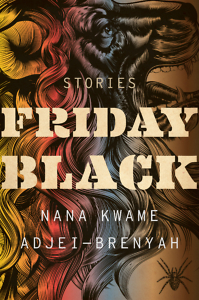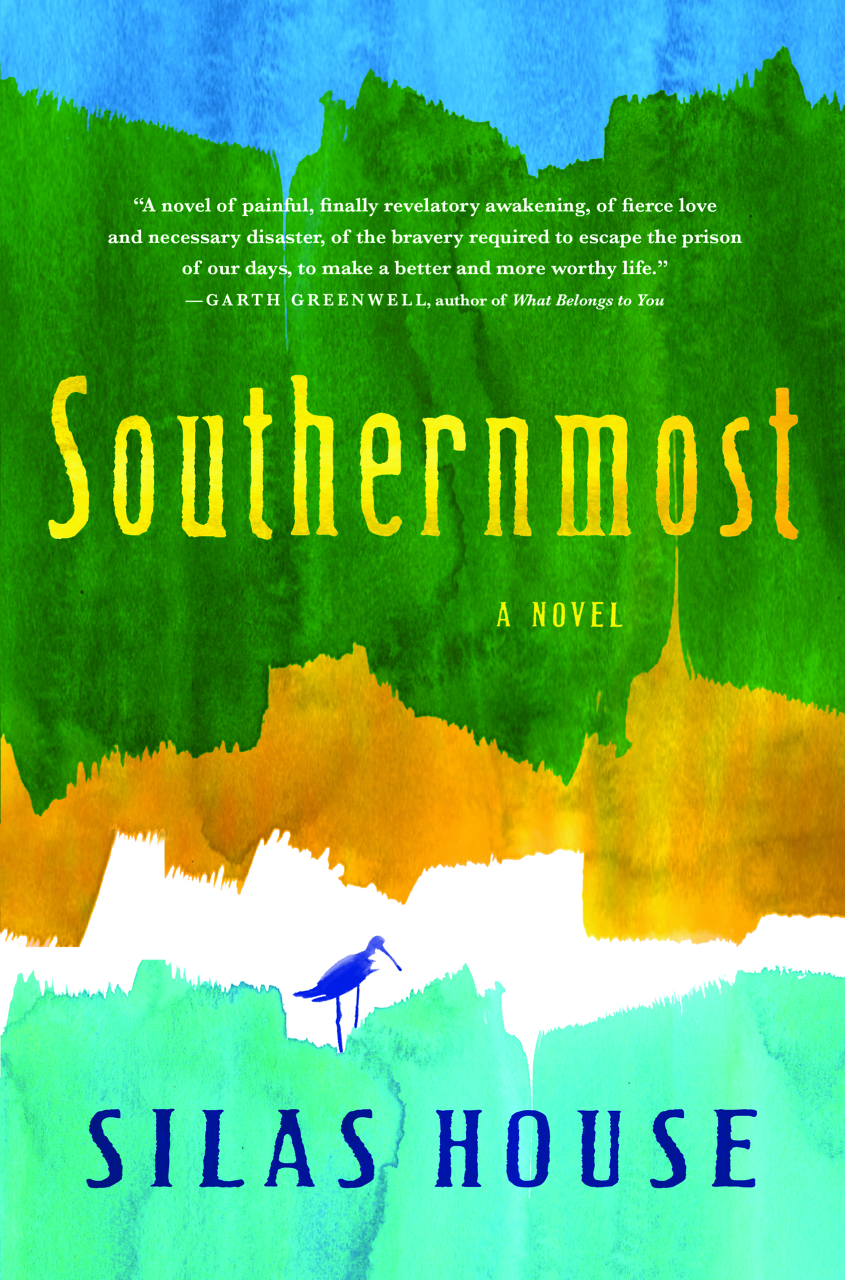The Black Scale
Nana Kwame Adjei-Brenyah’s Friday Black explores racial identity through satire
On the strength of his debut story collection, Friday Black,The National Book Foundation recently named Nana Kwame Adjei-Brenyah to its 2018 “5 Under 35” list of promising authors. Friday Black is filled with black characters who fear their race marks them as undesirable, or worse.
 When young Emmanuel applies for a job, he knows he needs to tone down his racial self-presentation. If the phone rings and a potential employer is on the line, Emmanuel breathes deeply and turns “the Blackness in his voice down to a 1.5 on a 10-point scale.” As he and other characters discover, however, African-Americans can never modulate their race to a level that allows them to thrive in contemporary society. How Adjei-Brenyah’s characters respond to that revelation—with acquiescence, rage, or self-abnegation—is the question that drives these stories.
When young Emmanuel applies for a job, he knows he needs to tone down his racial self-presentation. If the phone rings and a potential employer is on the line, Emmanuel breathes deeply and turns “the Blackness in his voice down to a 1.5 on a 10-point scale.” As he and other characters discover, however, African-Americans can never modulate their race to a level that allows them to thrive in contemporary society. How Adjei-Brenyah’s characters respond to that revelation—with acquiescence, rage, or self-abnegation—is the question that drives these stories.
“The Finkelstein Five,” a satirical tale in which “the black scale” appears, is an instant classic, the rare text that simultaneously captures the zeitgeist and creates a timeless parable. Adjei-Brenyah juxtaposes the quotidian (Emmanuel’s search for work) with the horrific (a white man’s murder of five black children with a chainsaw). When the murderer is acquitted, Emmanuel at first attempts to ignore the injustice; he is so numb that he lets “the nothing he was feeling wash over him in one cold wave after another.” Soon, though, the accumulated abuse leads him in a violent direction.
Several of the stories in Friday Black employ the conventions of genre fiction to smuggle in social commentary. In “The Era” Adjei-Brenyah borrows from dystopian novels—Divergent’s division of children into categories; Brave New World’s narcotizing citizens into submission—to tell a coming-of-age story.
 In the story, Ben, a “clear-born” whose parents chose not to “optimize” his genetic make-up, has been trained to value “speaking his truth” above kindness and to reduce all human interactions to their utility.
In the story, Ben, a “clear-born” whose parents chose not to “optimize” his genetic make-up, has been trained to value “speaking his truth” above kindness and to reduce all human interactions to their utility.
Denigrated by his parents, who call him “slow and disappointing,” Ben in turn derides the emotional “shoelookers” who “don’t really do anything to anybody except make them proud to be themselves and not a no-good shoelooker.” Ben’s only hope for genuine human experience is to spend time with people who are “anti-prebirth science” and to withdraw from state-supplied drugs long enough to think for himself.
Adjei-Brenyah uses elements of the ghost story in “Lark Street,” but with a twist: the young male protagonist is haunted by twin fetuses his girlfriend recently aborted with morning-after pills. Not merely spectral presences, the fetuses have “shriveled and translucent” skin and “partially webbed” feet. As they demand that “Dad” tell them the story of their creation and demise, readers slowly realize who they really are.
That tension between the imaginary and the real animates several stories. In “The Lion and the Spider,” the hard-working son of a feckless father ponders the meaning of the old man’s bedtime stories. In the son’s version, the spider escapes the lion’s dominion just as the son plans to liberate himself from his father’s den. The narrator of “The Hospital Where” discovers that writing unleashes a god-like power: “I scribbled and felt the free feeling of fire in my bones. Transported into a world where I had command and anything was possible.” The euphoria of creation produces mixed results: it enables him to persevere through his father’s cancer treatments, but it also imbues him with the dubious conviction that he possesses the same control over the hospital’s patients that he has over his fictional characters.
Among the plaudits Friday Black has received is an enthusiastic endorsement from George Saunders, who teaches at Syracuse, where Adjei-Brenyah received his M.F.A. Saunders is an obvious influence on this collection, especially in “Zimmer Land,” which features an amusement park where middle-aged white men enact fantasies of shooting young African-Americans. Small touches, such as the use of absurd trademarks (“Murderpaint™ faux blood is sprinkled on his face”) and depicting low-level employees forced to endure progressive humiliations, are signature elements of the Saunders oeuvre. Adjei-Brenyah’s work is also reminiscent of Paul Beatty, a satirist who takes savage delight in tweaking the hypocrisy that underlies so-called polite sensibilities. Occasionally Adjei-Brenyah works in quieter mode; “In Retail” depicts the dismal absurdity and quiet desperation of working in the service economy.
The dark humor of Friday Black will not suit everyone’s taste—the faint of heart are encouraged to skip the title story, which lampoons the commercialization of Christmas with a scene of mayhem and death—but this collection announces the arrival of a remarkable new talent.

Sean Kinch grew up in Austin and attended Stanford. He earned a Ph.D. from the University of Texas. He now teaches at Montgomery Bell Academy in Nashville.


